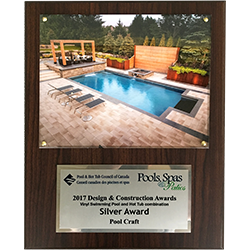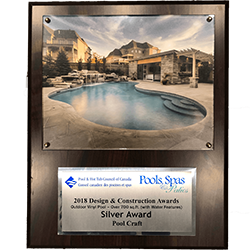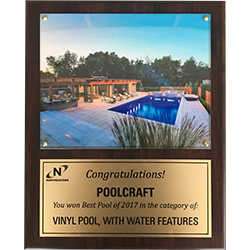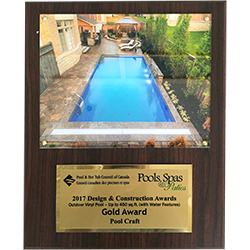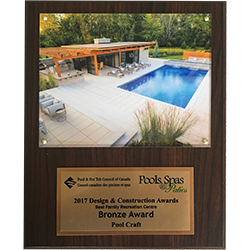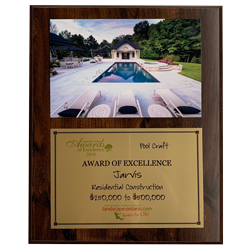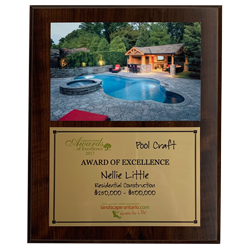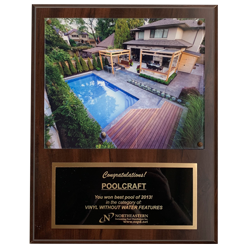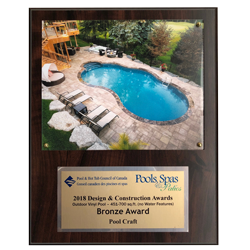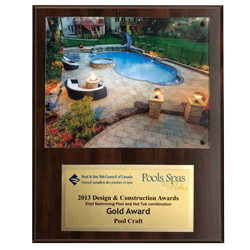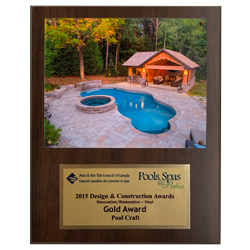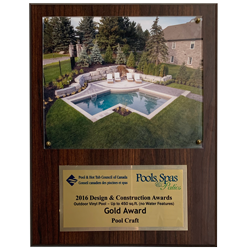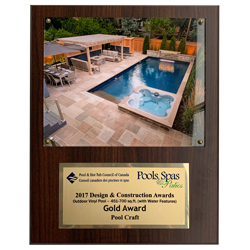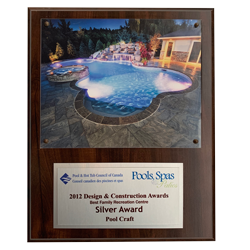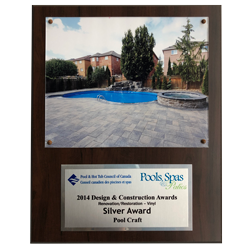Even if you’re ready to take the plunge and decide to buy a saltwater pool you may still have a few lingering questions about how it all actually works.
There are a number of misconceptions about saltwater pools floating around, so we’d like to set the record straight and give you some useful tips on what to expect from your saltwater chlorine generator and how you’ll use it on a regular basis.
How does a chlorine generator work?
The first and biggest misunderstanding about saltwater pools is that they don’t use chlorine.
We’re here to set the record straight: They do use chlorine. The difference is the method with which chlorine is added to the pool.
A properly functioning chlorine generator will generate a steady flow of the chemical through the process of electrolysis and the salt cell. Water passes through the salt cell and past metals that are charged from the control board.
The control board can be used to adjust the amount of electricity being sent to the metal parts of the cell. Adjusting this electricity flow will increase or decrease the amount of chlorine being generated.
What are the benefits and limitations of a chlorine generator?
Benefits
A big benefit of saltwater pools is that you no longer have to fumble with handling and dumping chemicals into your pool.
But, you do still have to keep an eye on the water conditions! If you don’t test the pool chemistry then the effectiveness of your saltwater system will be reduced. Besides, skipping maintenance on your saltwater generator can damage your pool or the generator itself.
Also, water that is kept clean by a chlorine generator typically is more enjoyable to swim in, with benefits such as reduced eye and skin irritation and without the sharp chemical odour of a standard chlorine pool. Water often feels smoother, and skin will feel better and more refreshed after swimming.
Limitations
One of the chief drawbacks of a chlorine generator is the start-up cost. However, this price will offset itself over the lifetime of the unit, as it is can be much less wasteful than purchasing standard chemicals separately.
Also, if you don’t test regularly, chlorine generators can become ineffective over time and higher concentrations of salt could be damaging to your pool and the surrounding area.
How do you set up and use your chlorine generator?
Setting up a chlorine generator can be a fairly complex process, so it’s best to contact your local poor contractor. If you work with a reputable company like Pool Craft then you can trust that they have successfully installed many systems.
The first step is to set up the plumbing system, which includes the pump, filter and chlorine generator. Proper water flow is essential, so you will need to make sure to use piping and fittings that allow a flow rate of at least 15-20 gpm.
Next you’ll need to prepare the electrical work. The requirements may vary depending on the specific type of generator, and the manufacturer will provide specific info for each model. You’ll need to make sure there is proper grounding and that the voltage is correct. You will connect the power source to the Salt Chlorinator and, depending on the type of system, there may be an automated controller unit as well.
Ready to get started?
At Pool Craft, we provide “Pool School” after every installation. Part of this process includes walking you through how to use and maintain your chlorine generator. You’ll be an expert on your pool by the time we’re done!
If you’re interested in installing a new pool, or in renovating your existing pool to take advantage of saltwater, simply contact us today to get started!

